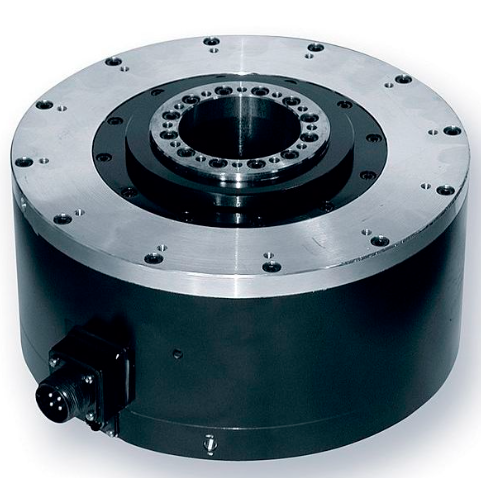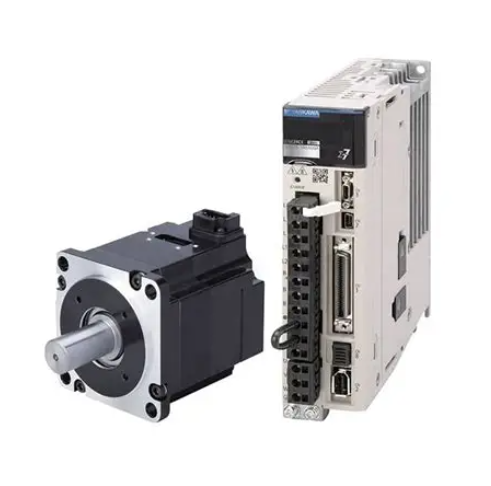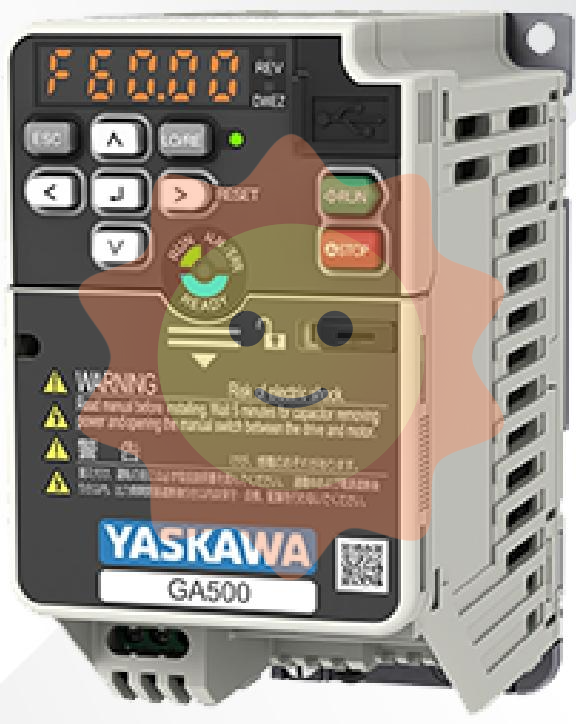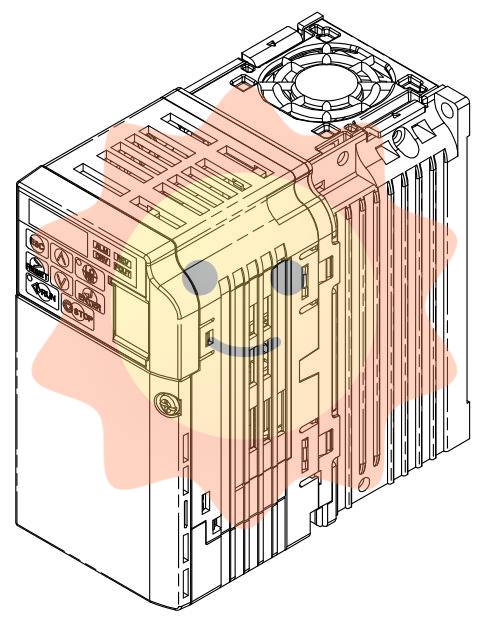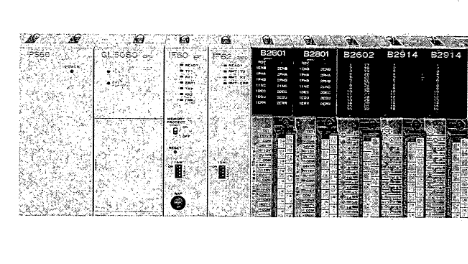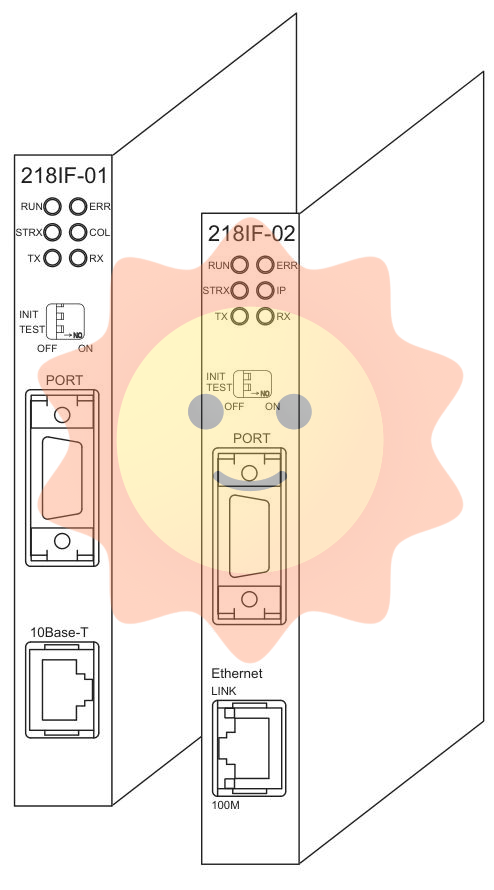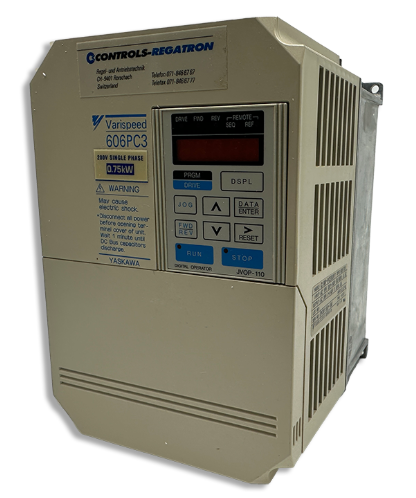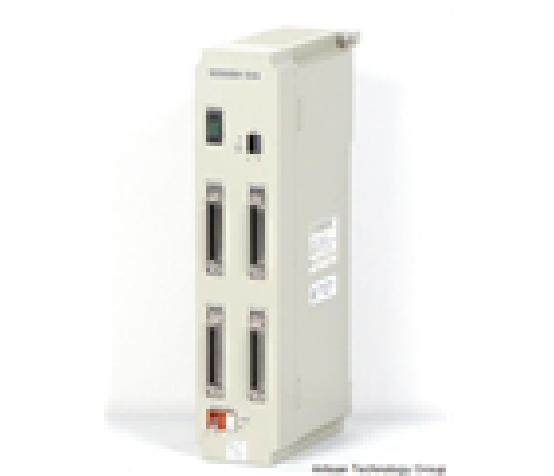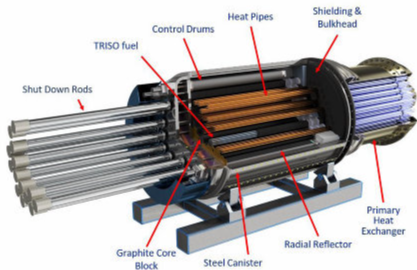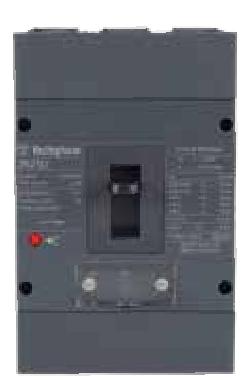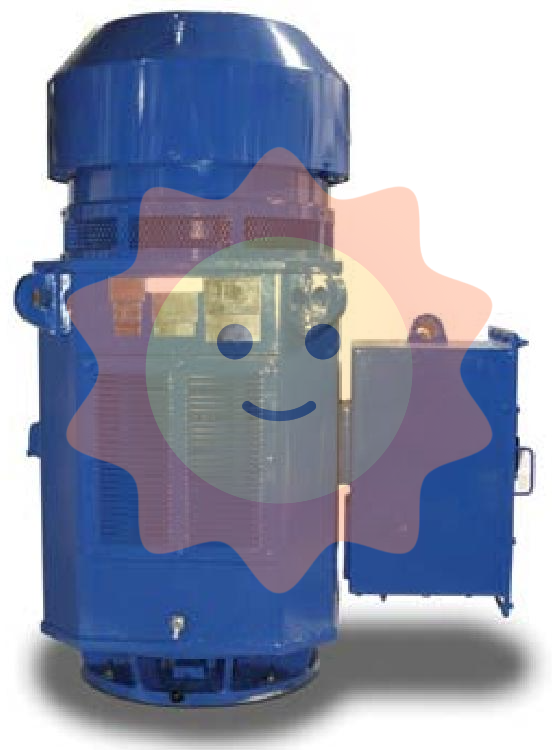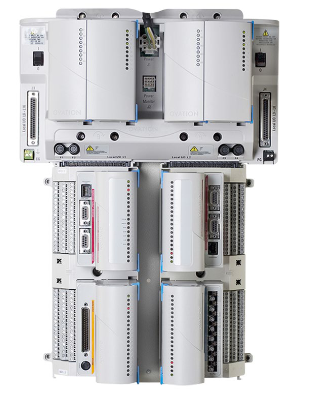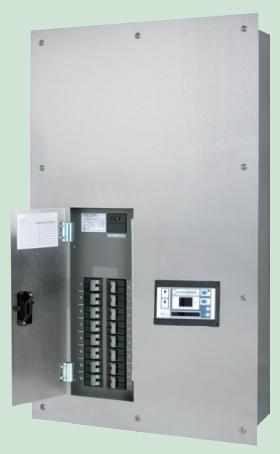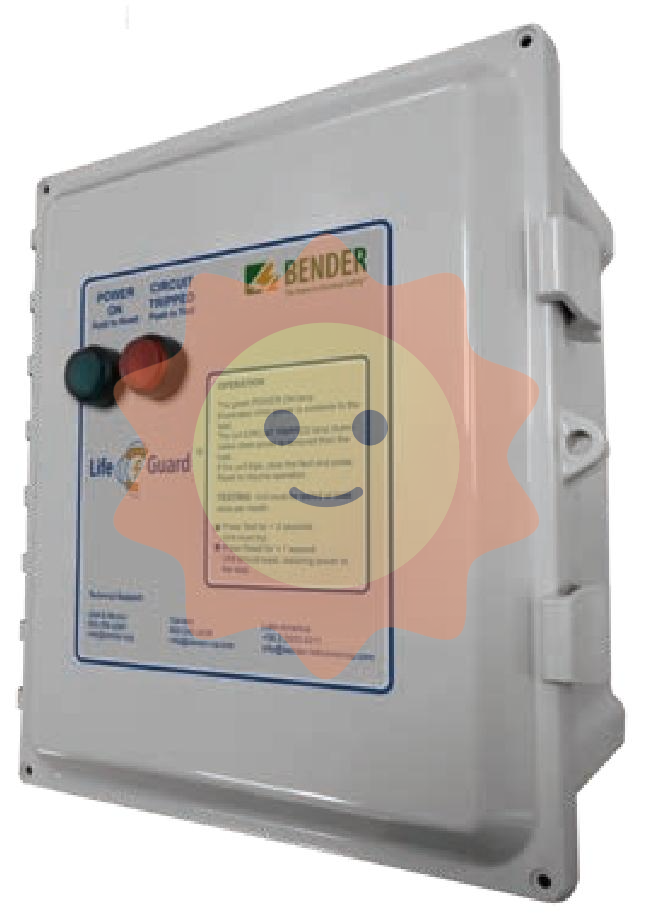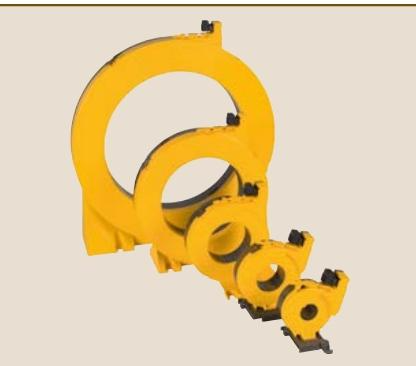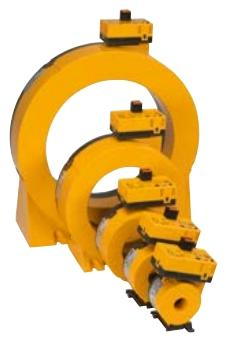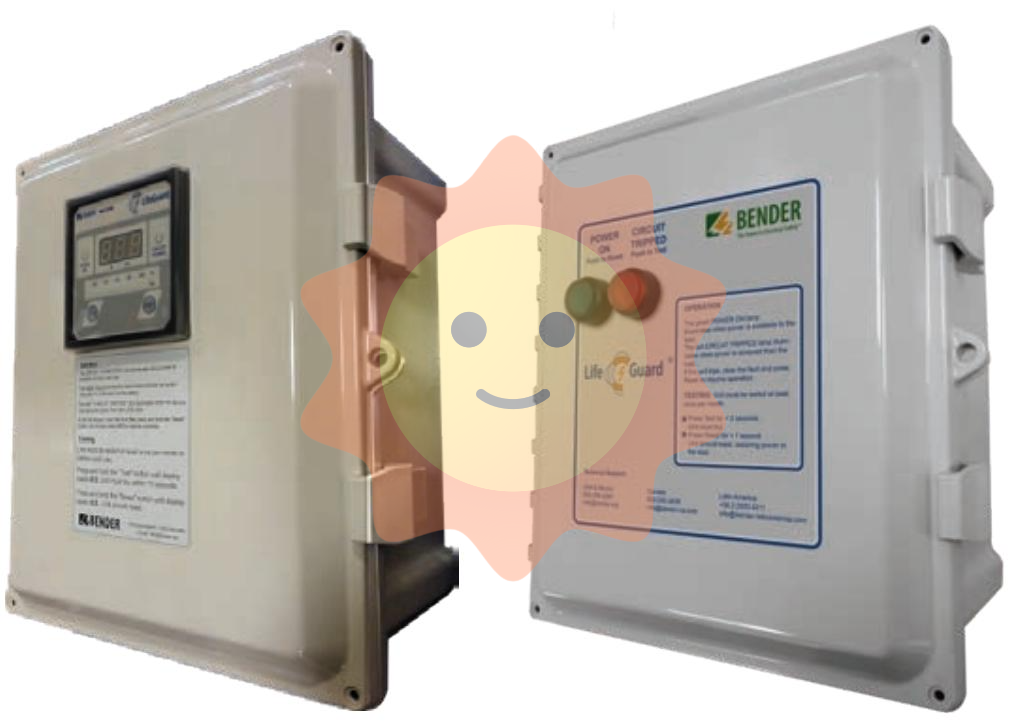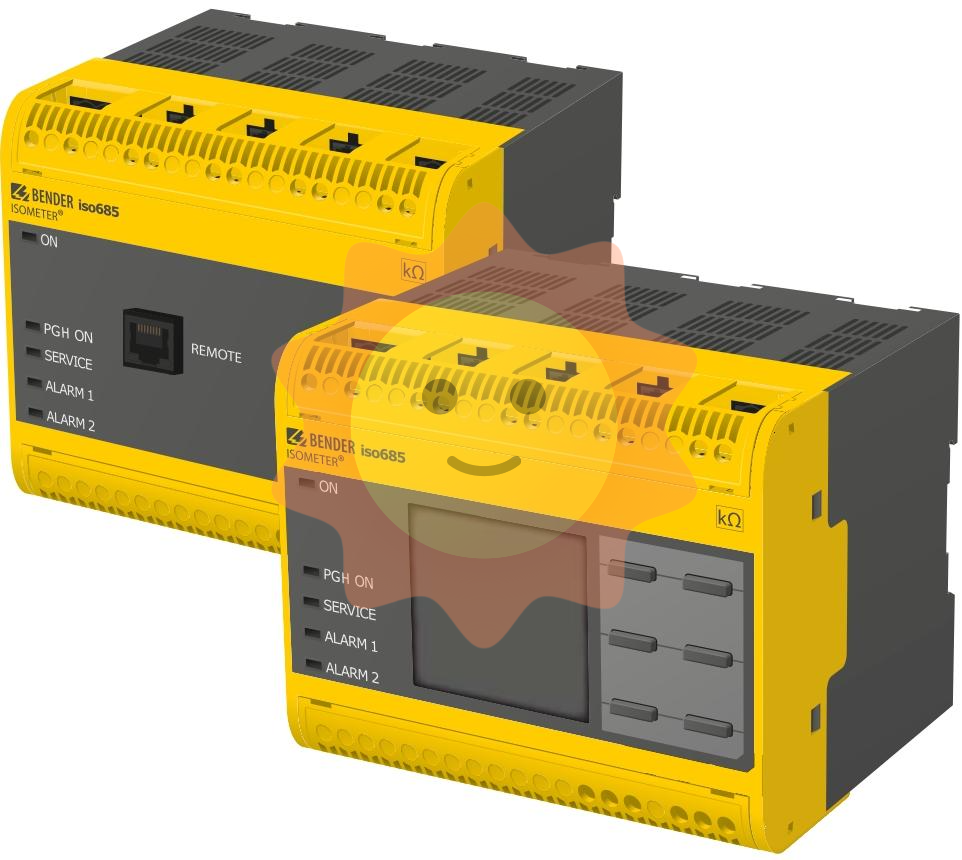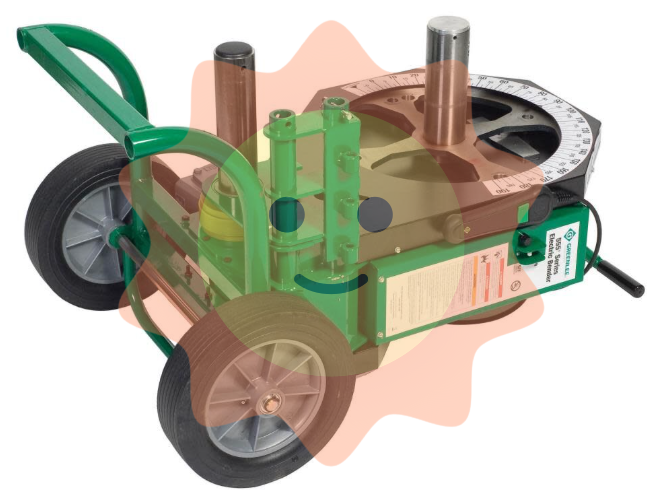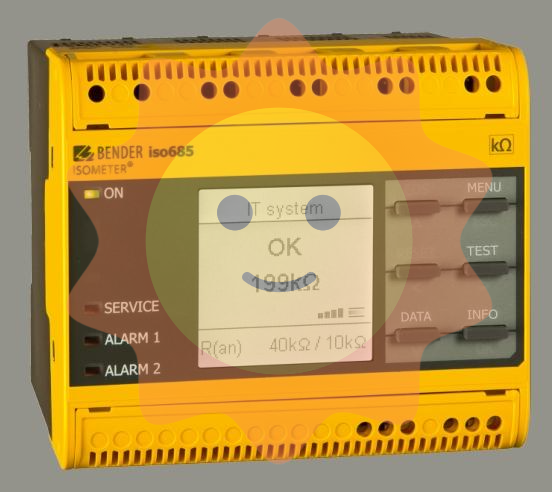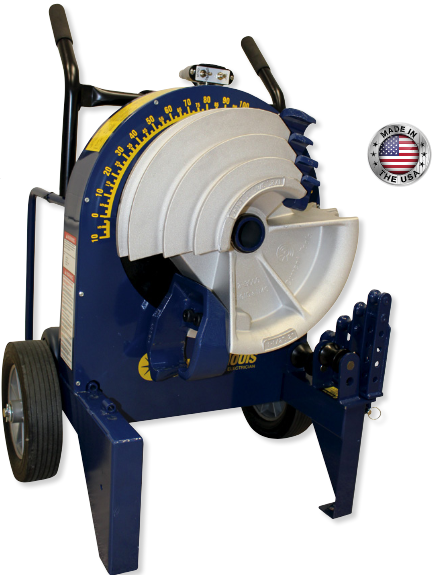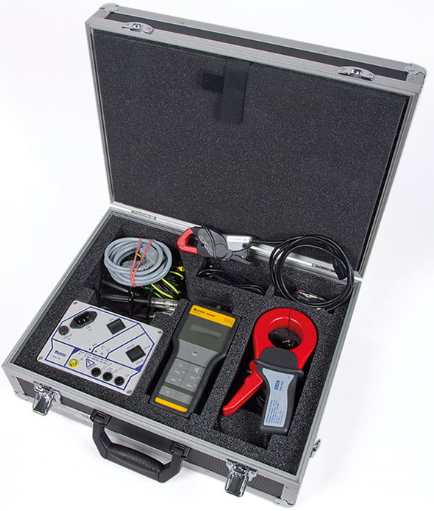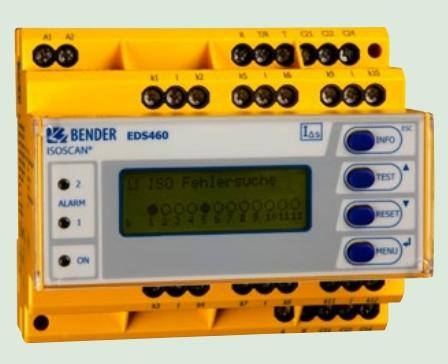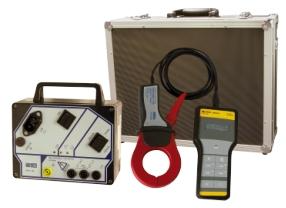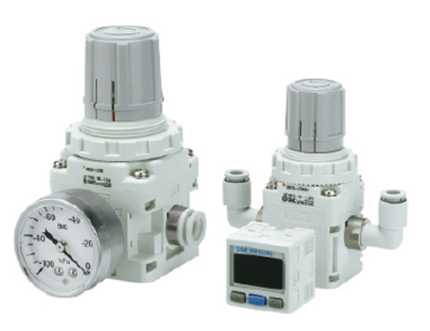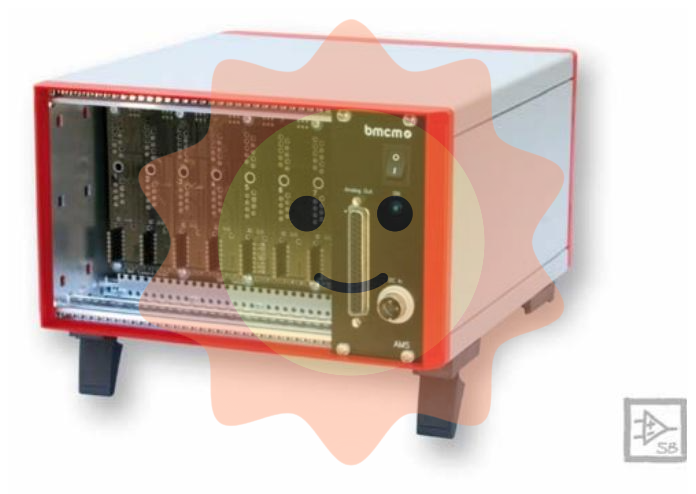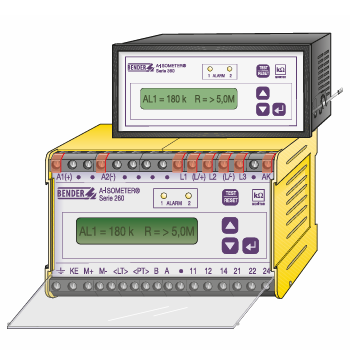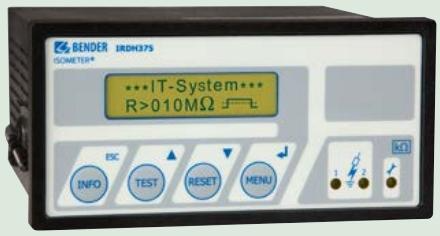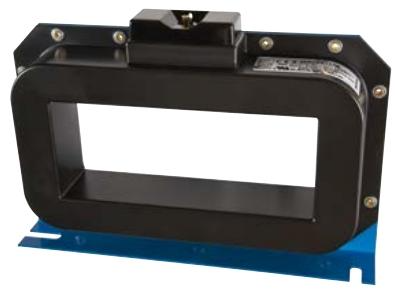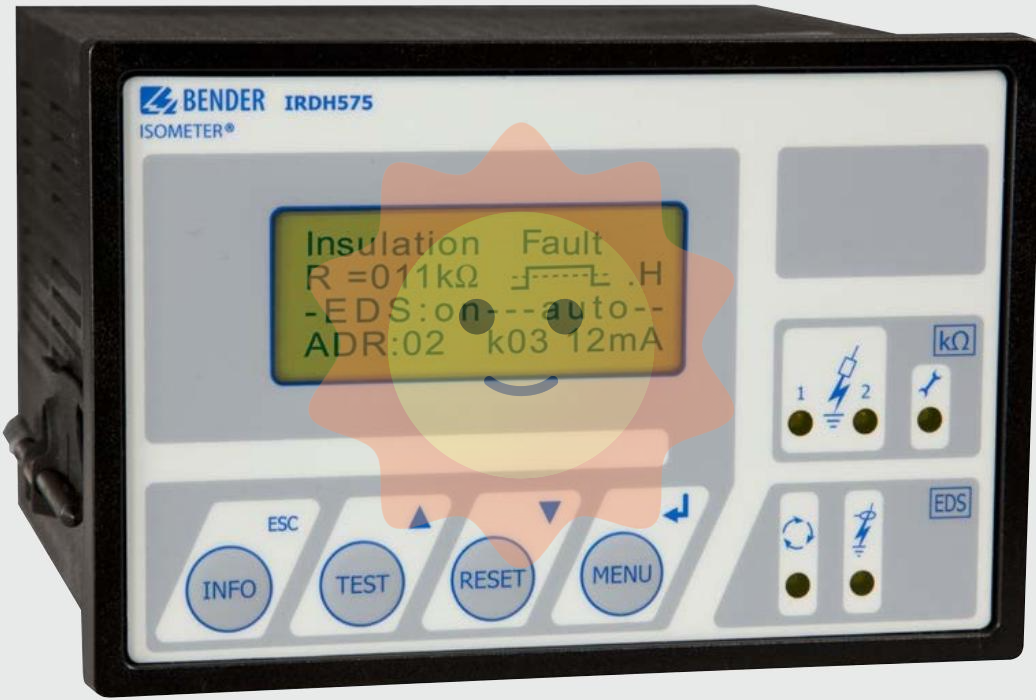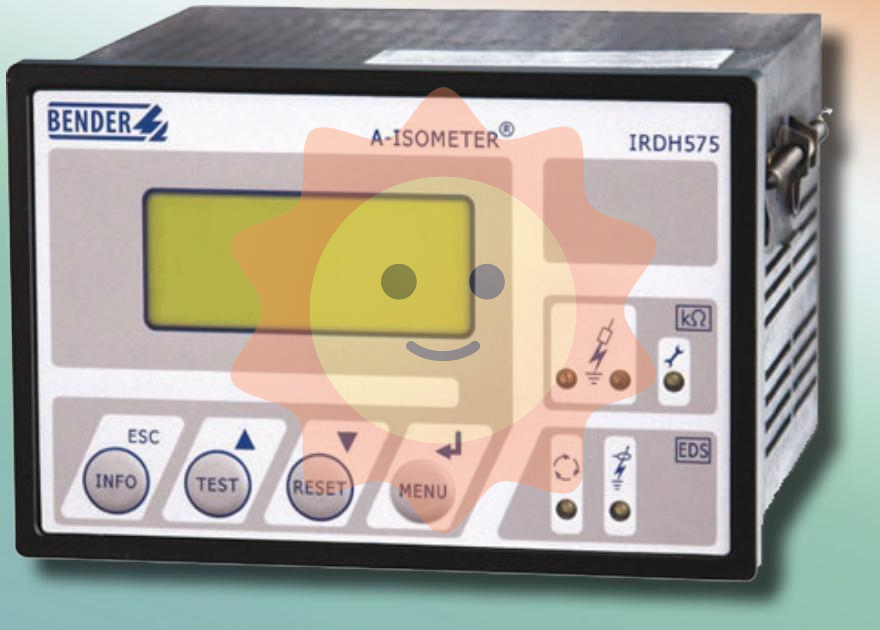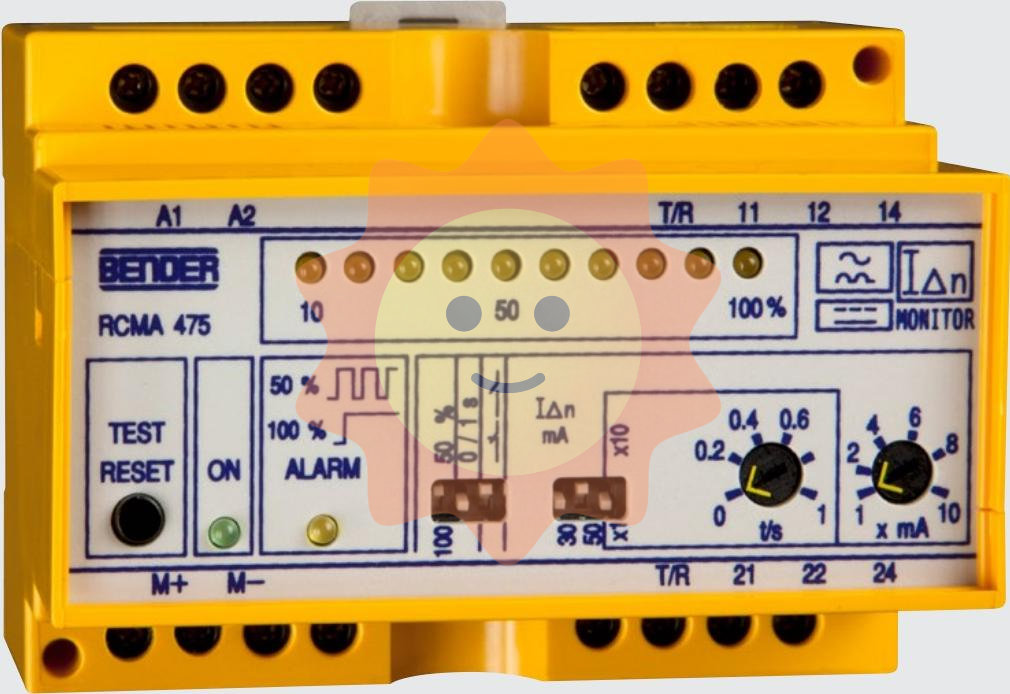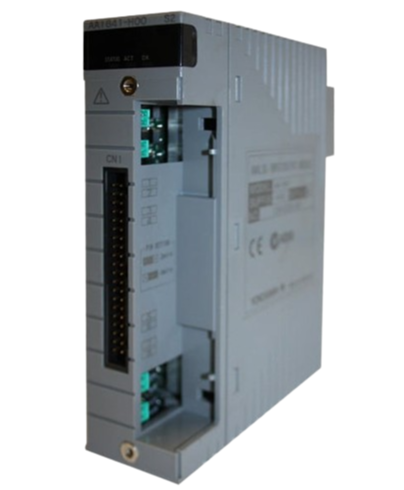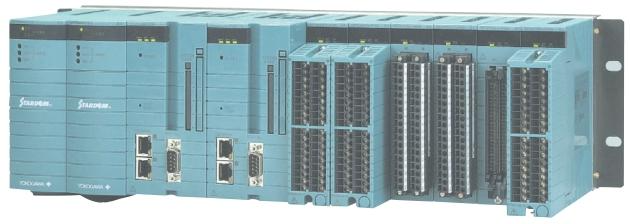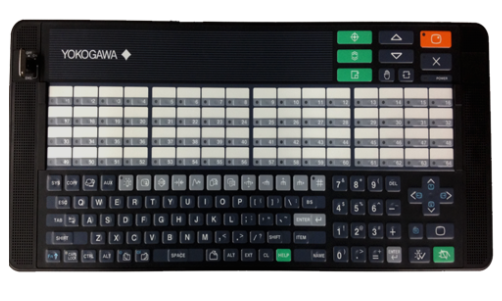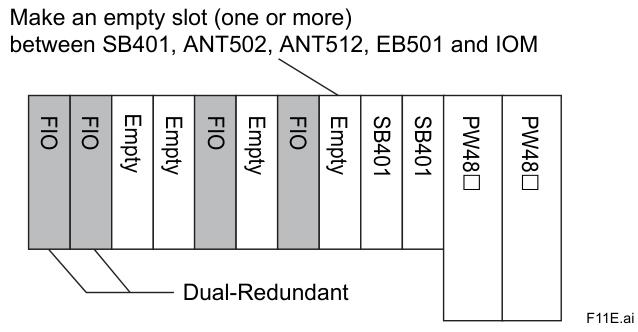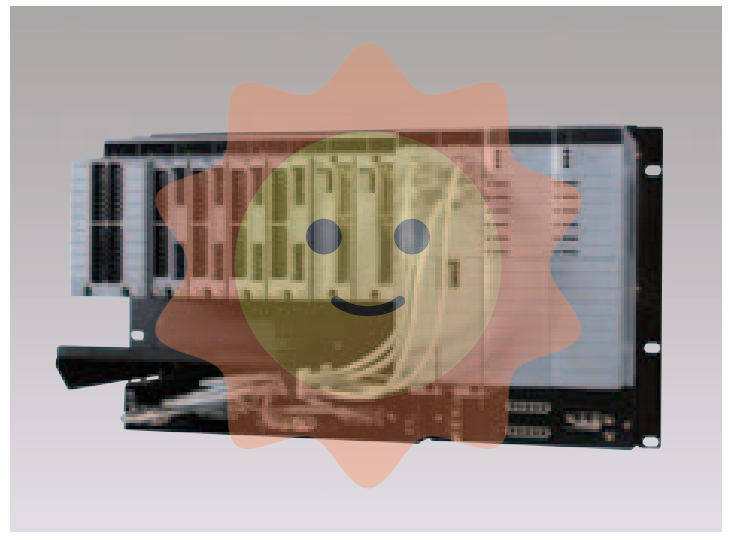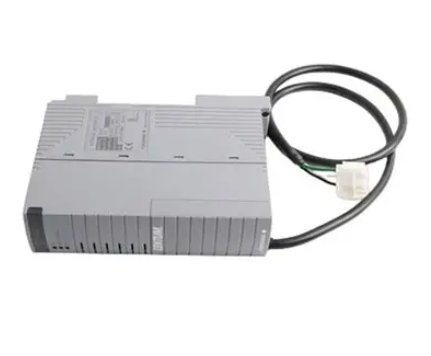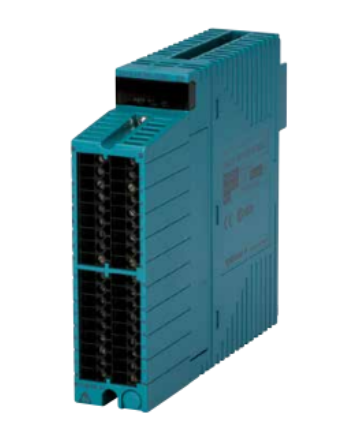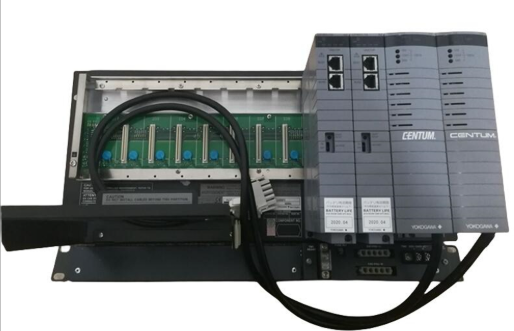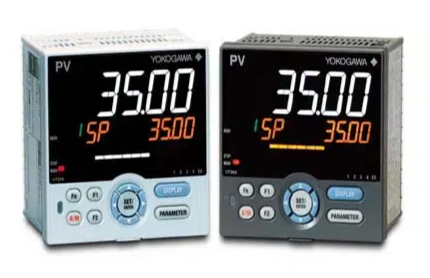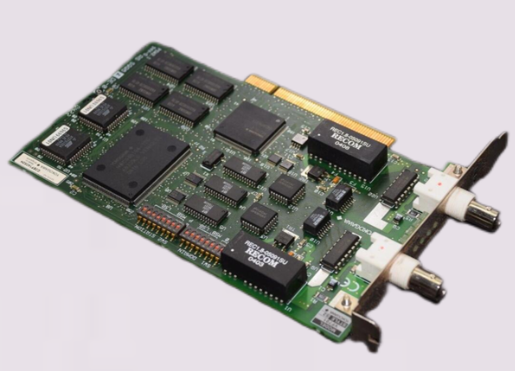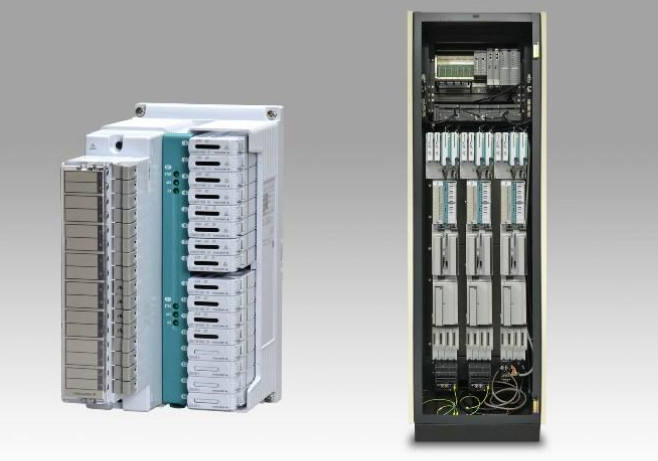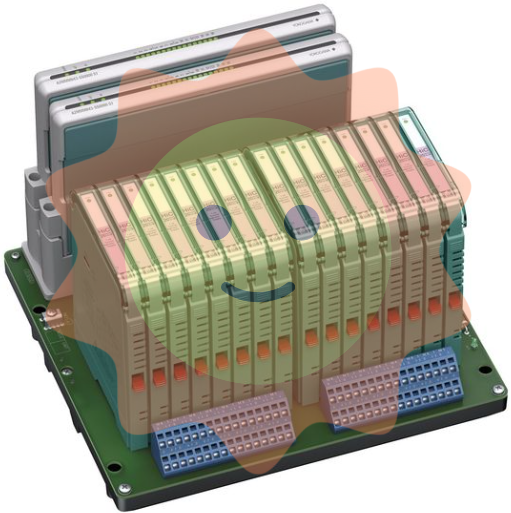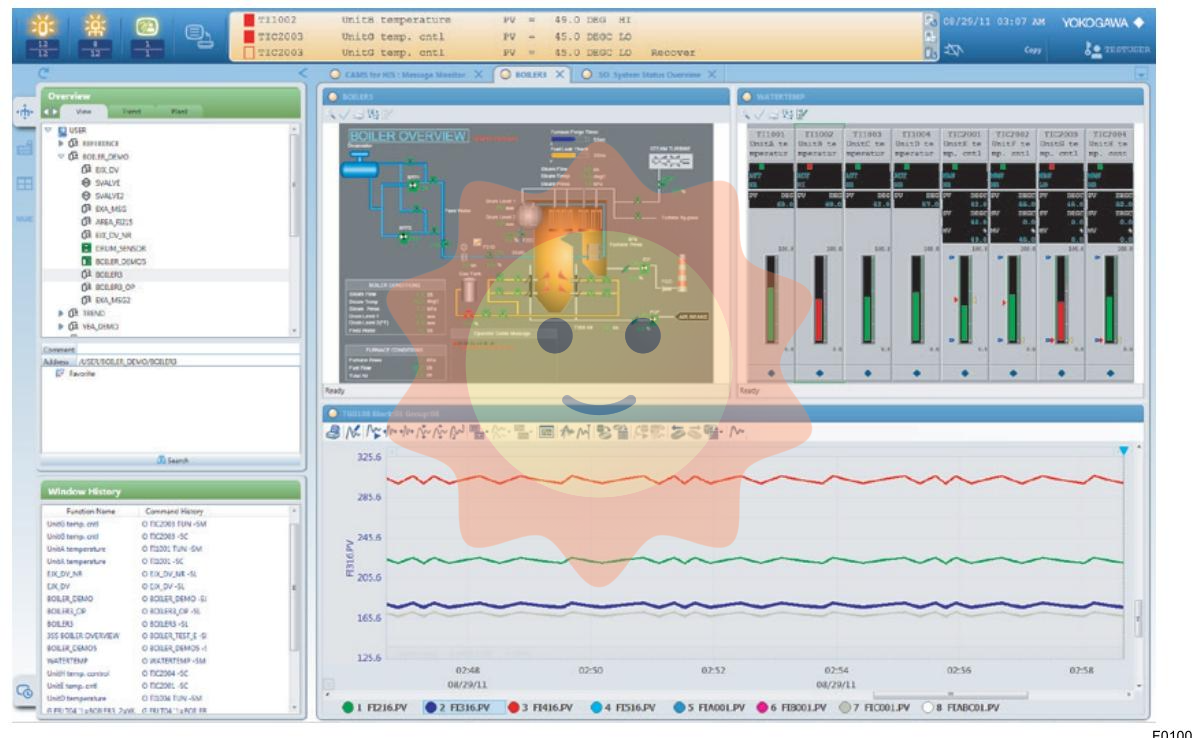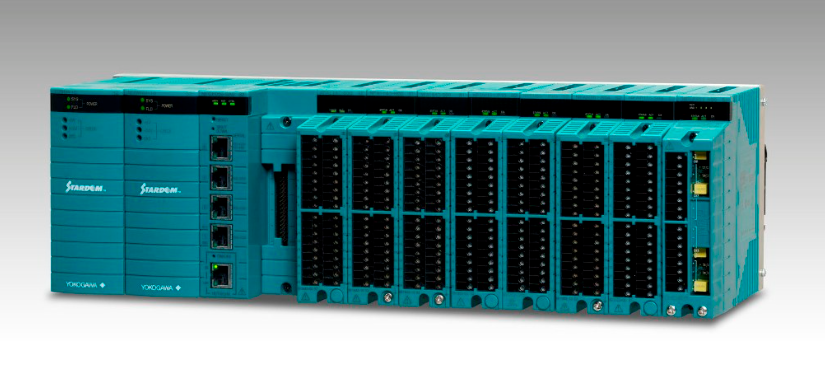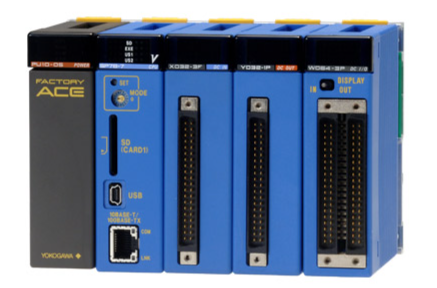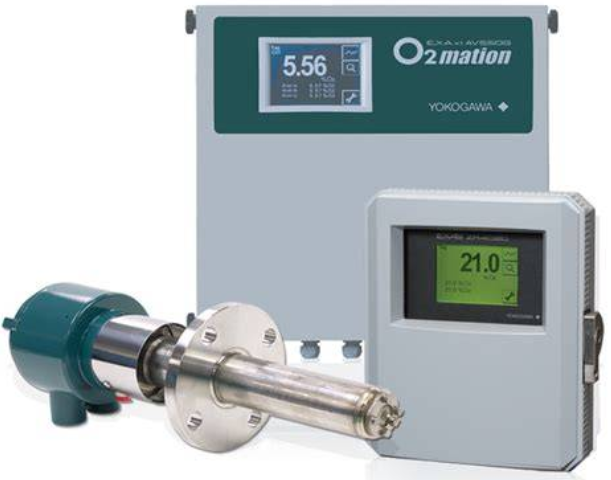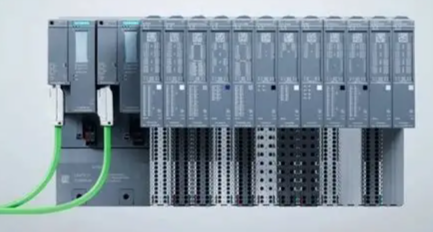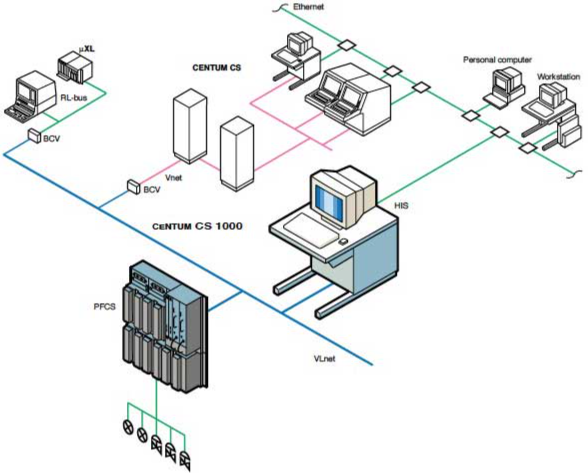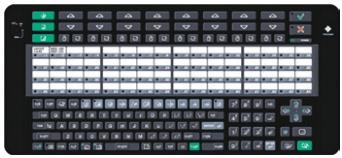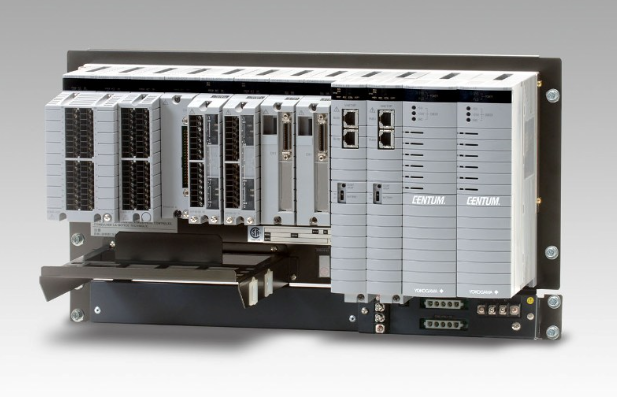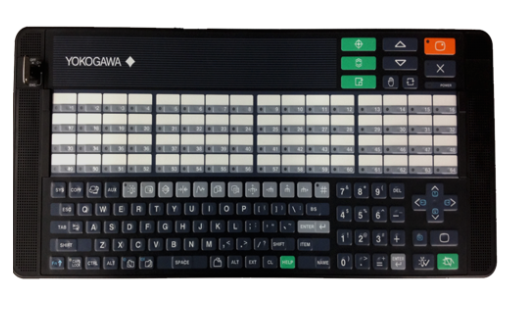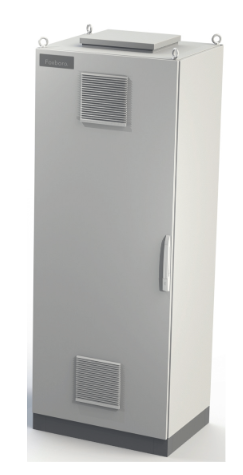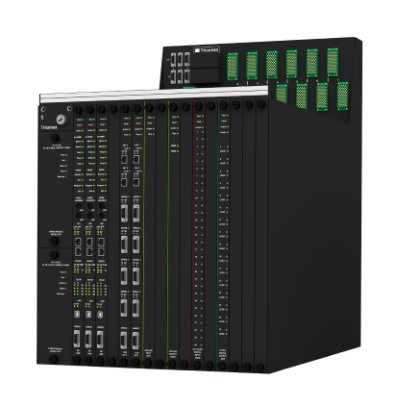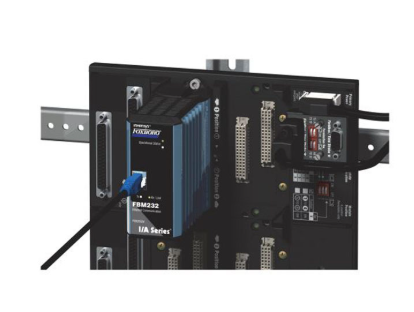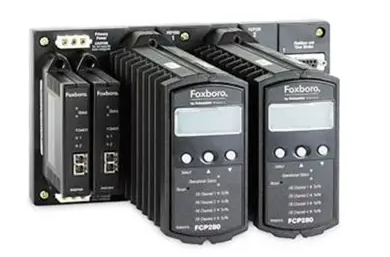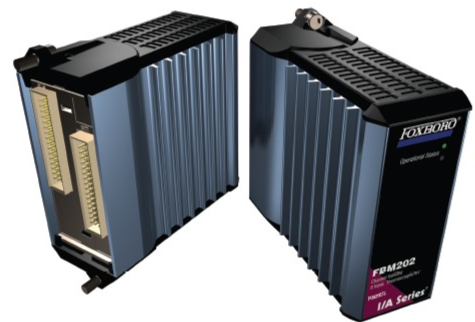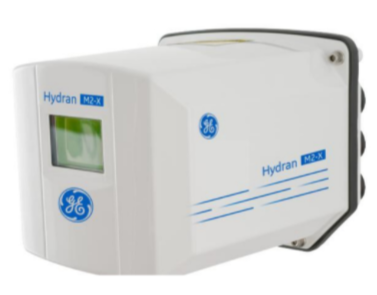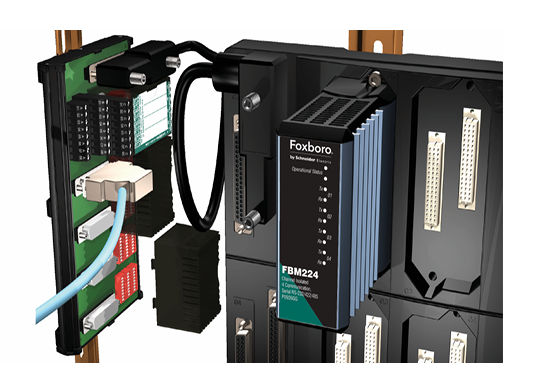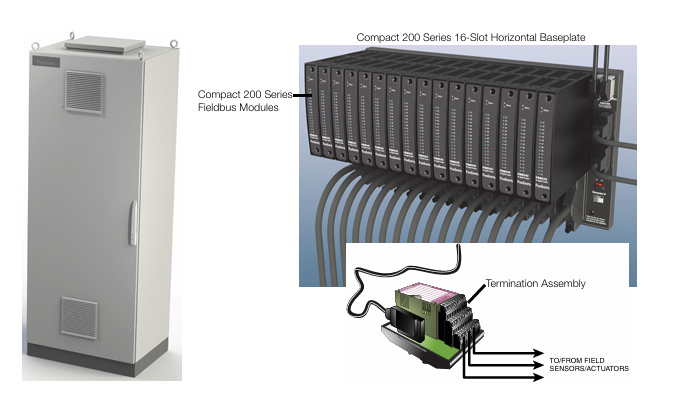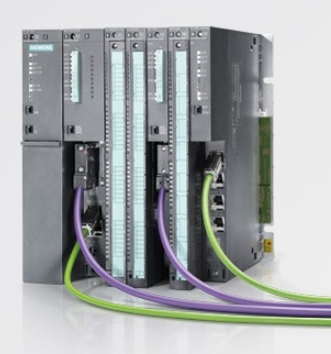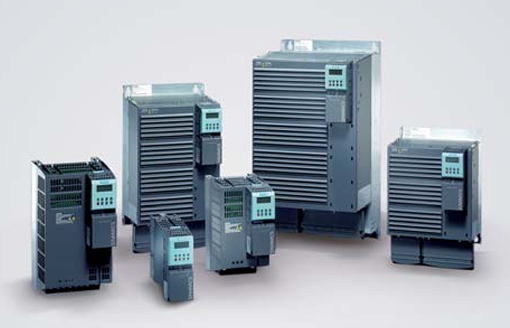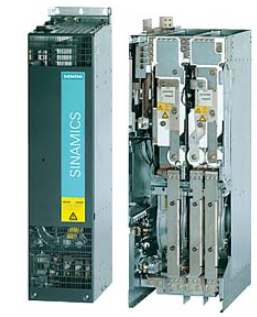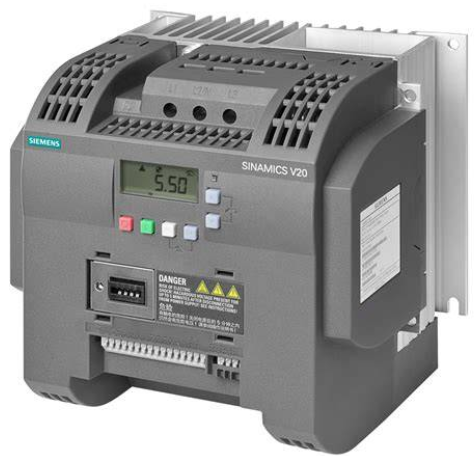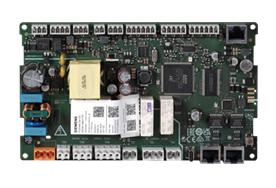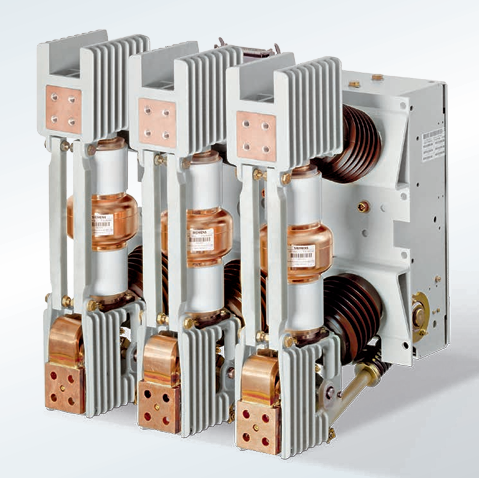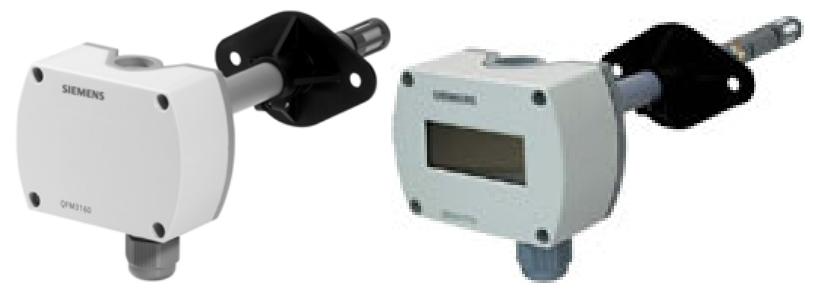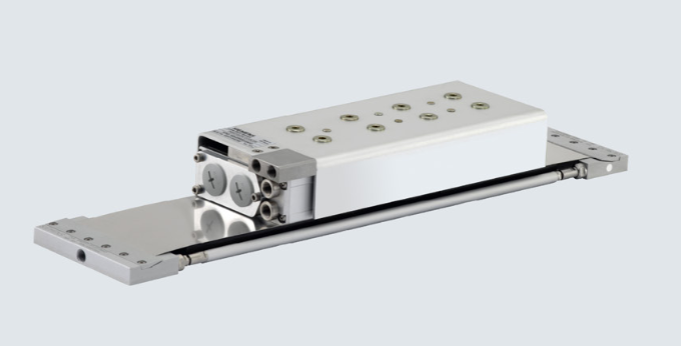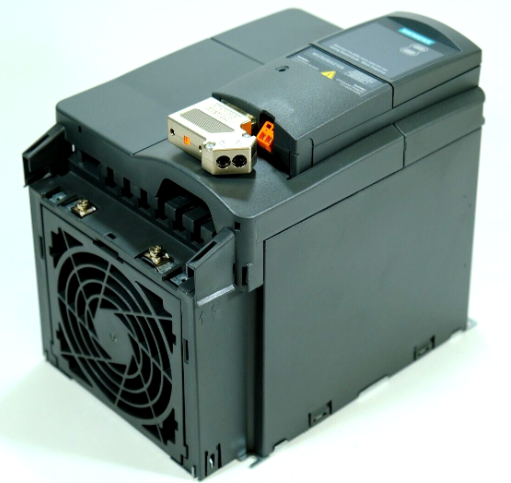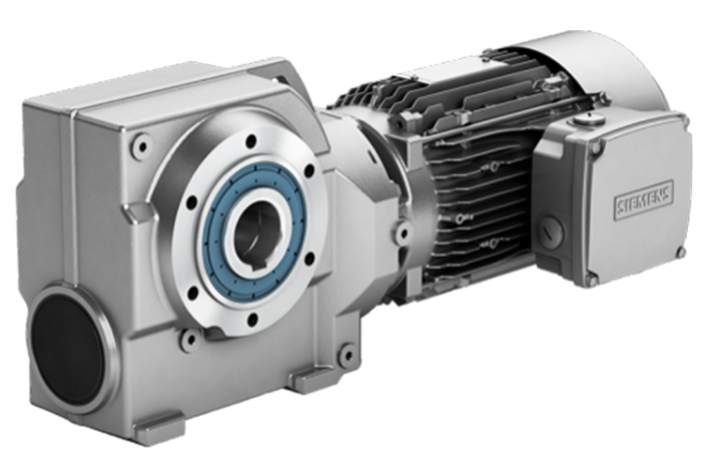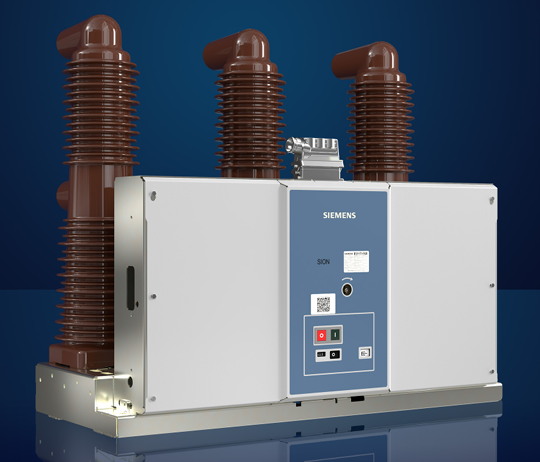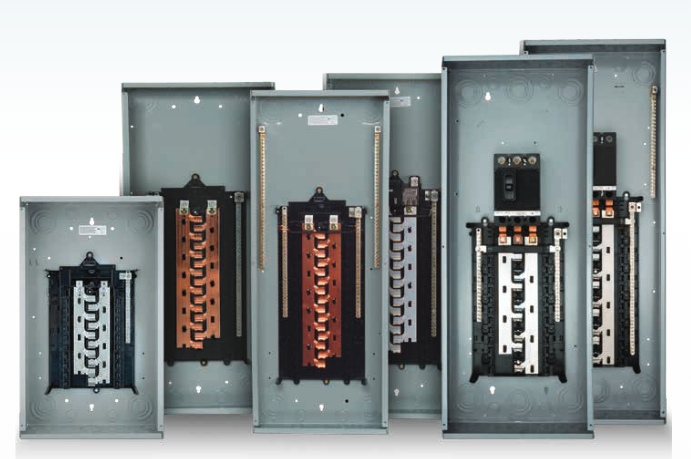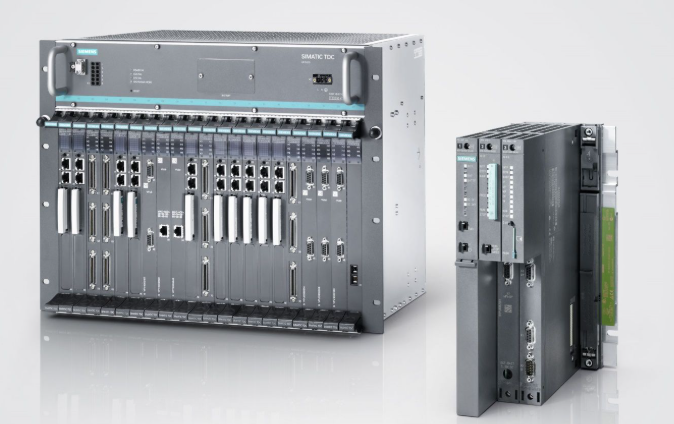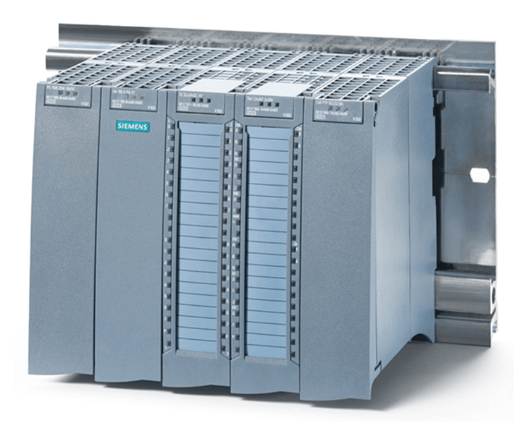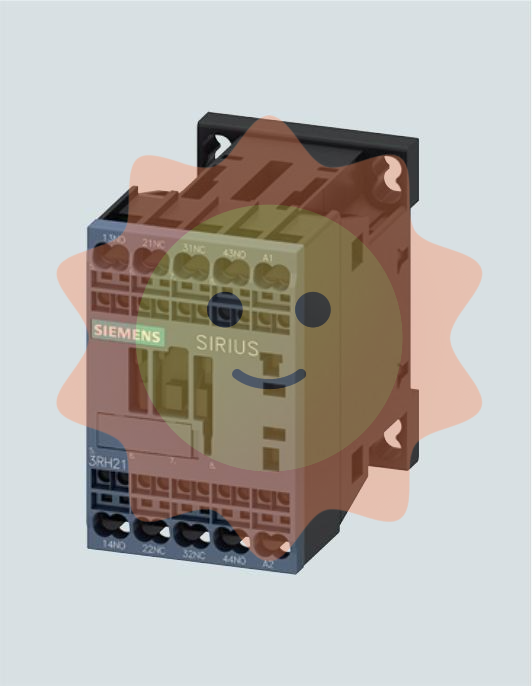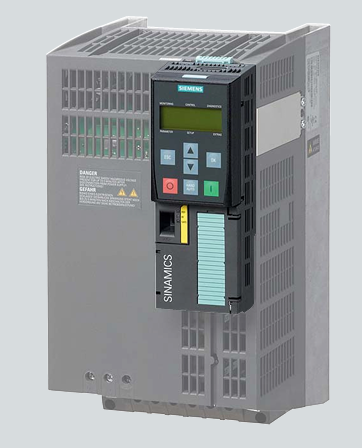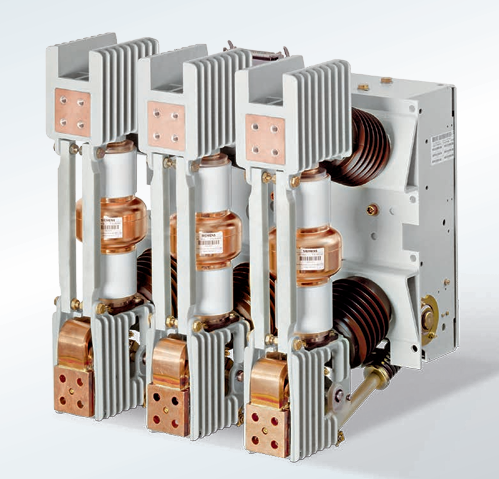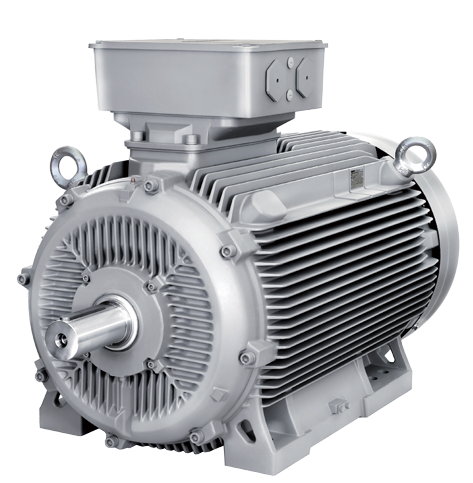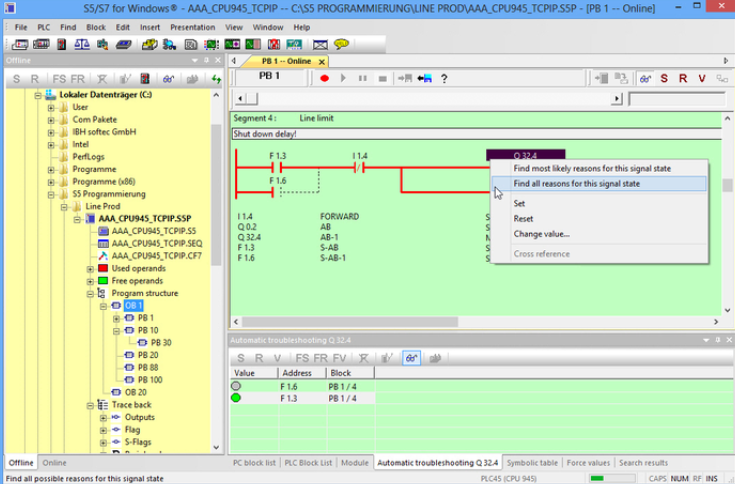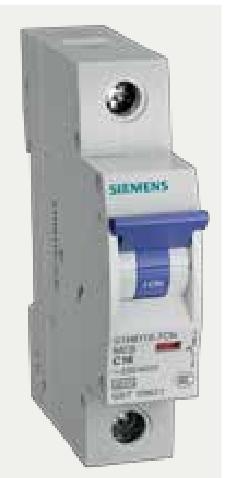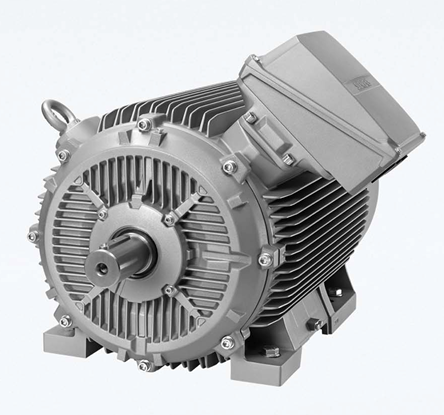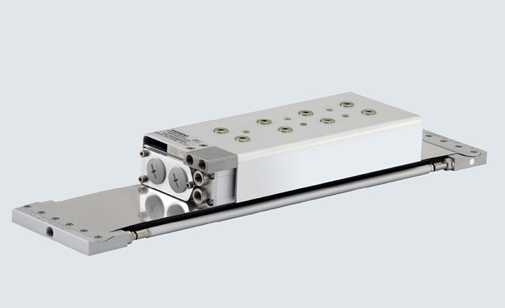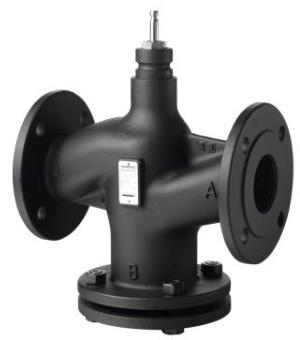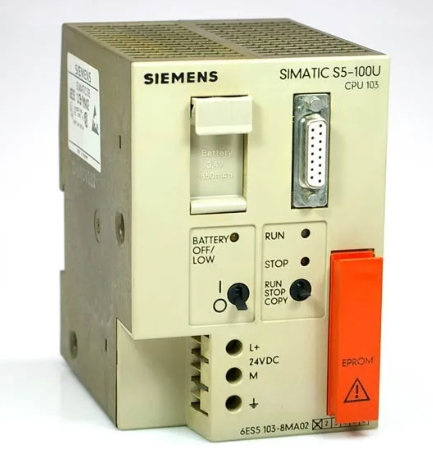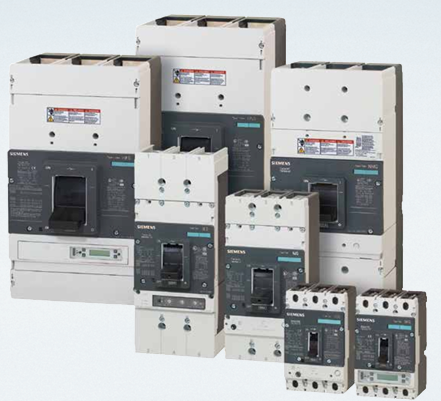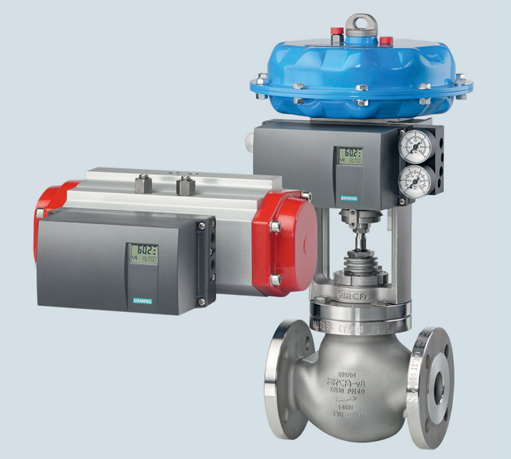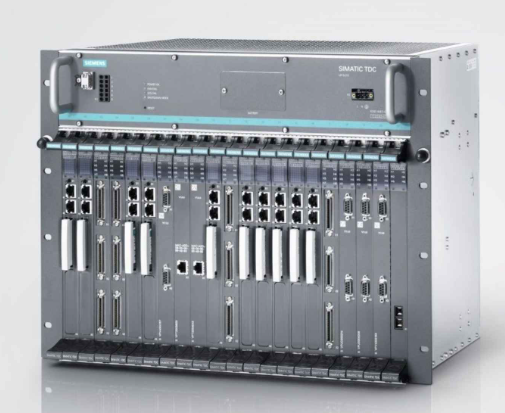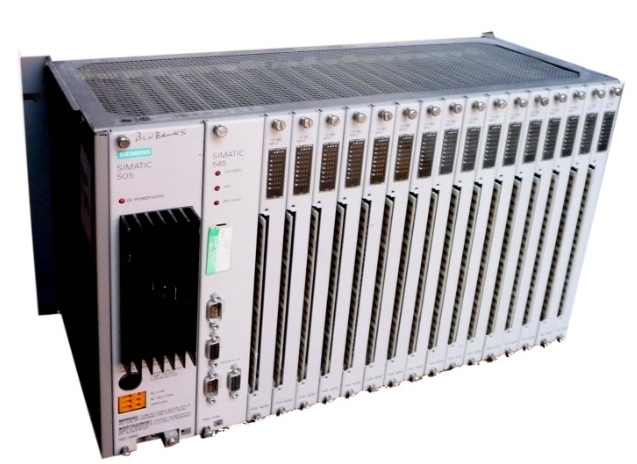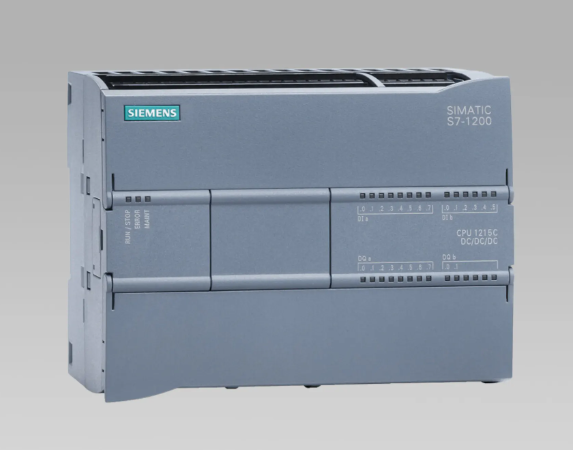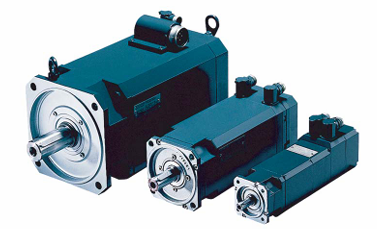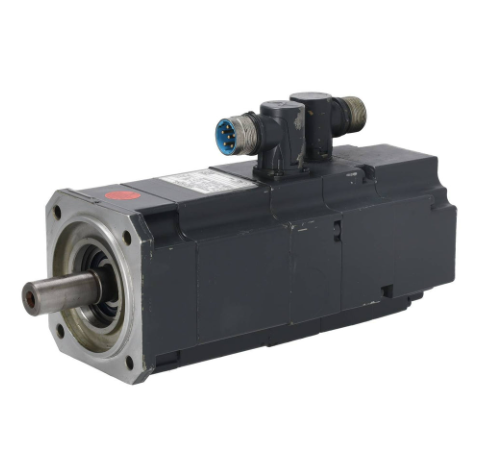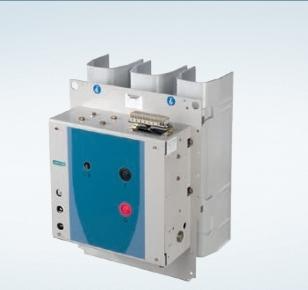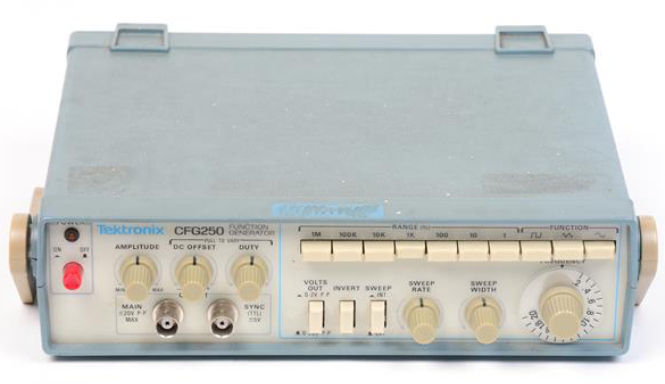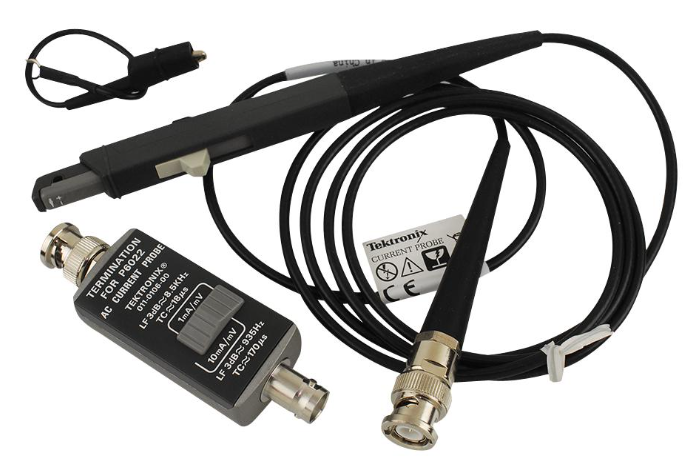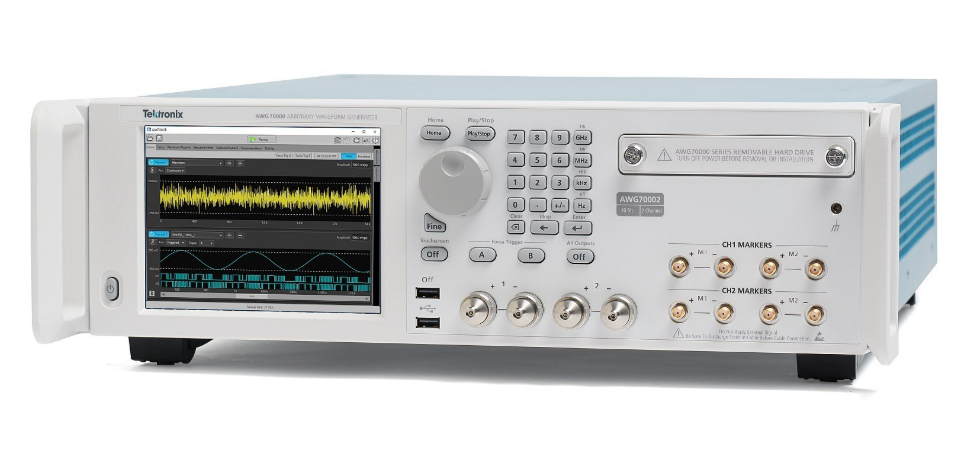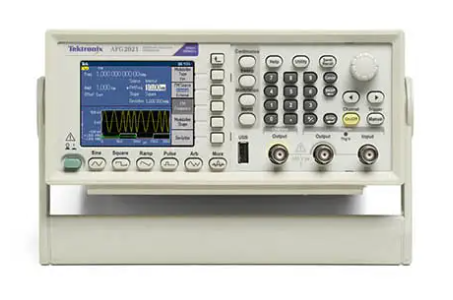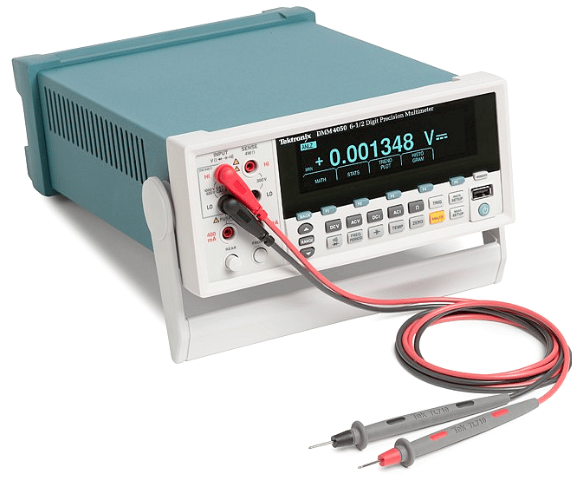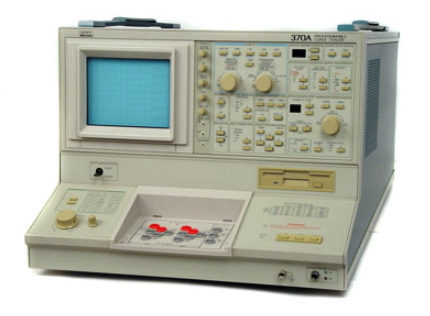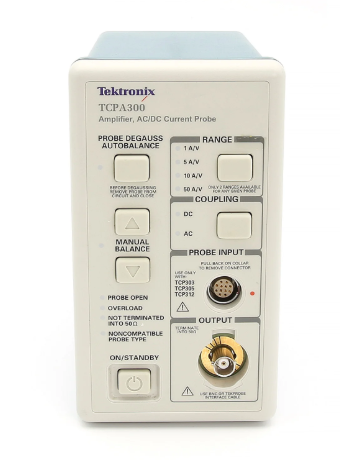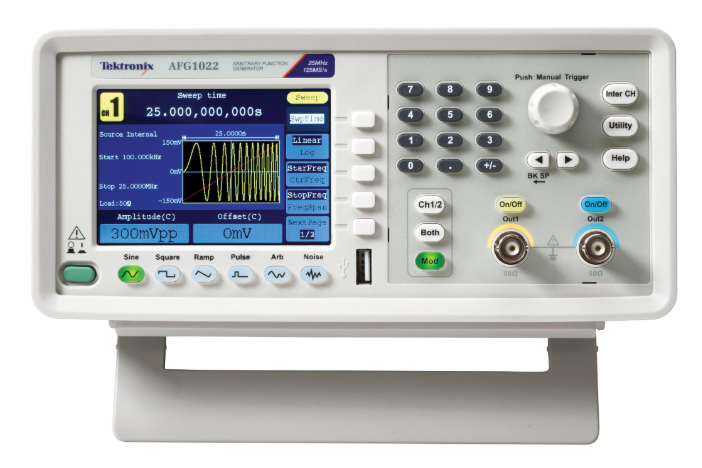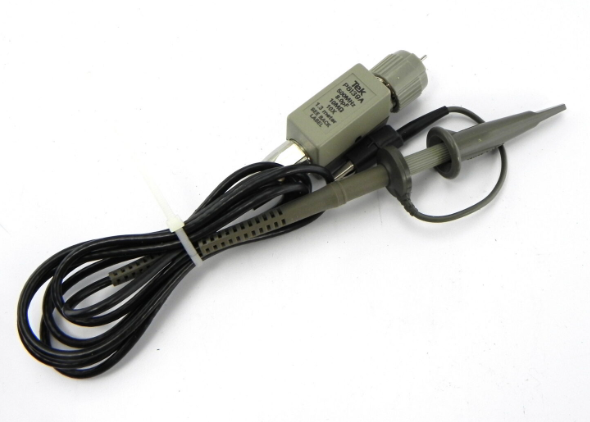The ABB IMSED01 module is primarily used in industrial automation and is capable of handling up to 16 digital input signals. These signals, which can come from sources such as switches, sensors or relays, are used to capture and record the sequence of events, which is important for fault diagnosis, event traceability and system optimisation. The module belongs to ABB's Symphony Plus I/O HR family and is compatible with Symphony Plus Process Leitsystem (PLS) controllers, making it an essential part of industrial automation solutions.
ABB IMSED01 Sequence of Events Digital Inputs Module
Product Overview
The ABB IMSED01 module is primarily used in industrial automation and is capable of handling up to 16 digital input signals. These signals, which can come from sources such as switches, sensors or relays, are used to capture and record the sequence of events, which is important for fault diagnosis, event traceability and system optimisation. The module belongs to ABB's Symphony Plus I/O HR family and is compatible with Symphony Plus Process Leitsystem (PLS) controllers, making it an essential part of industrial automation solutions.
Key features
High performance: ABB IMSED01 module adopts advanced technology with high performance and high reliability to ensure accurate capture and recording of digital input signals.
Versatility: The module not only has the basic digital input function, but also supports the Sequence of Events (SOE) function, which is able to record the occurrence of events in chronological order.
Easy to integrate: ABB IMSED01 module is designed to meet international standards and can be easily integrated into a variety of industrial automation systems and equipment, reducing the complexity and cost of system integration.
Flexible Configuration: Users can configure the module flexibly according to actual needs, including setting the number and type of input channels and trigger conditions.
Wide temperature operating range: the module can work in a wide temperature range, adapting to a variety of harsh industrial environments.
Technical specifications
The technical specifications of ABB IMSED01 Event Sequential Digital Input Module may vary slightly due to product versions and manufacturing differences, but usually include the following aspects:
Number of input channels: up to 16 digital input channels.
Input signal type: Supports digital input signals from sources such as switches, sensors or relays.
Operating Voltage: Typically 24V DC (exact voltage range may vary from product to product).
Operating Temperature Range: Capable of operating over a wide temperature range, typically -10~70°C (specific range may vary by product).
Dimensions: Standard dimensions are 71.12 mm in depth, 358.14 mm in height and 269.24 mm in width (specific dimensions may vary slightly due to product manufacturing differences).
Fields of application
ABB IMSED01 event sequential digital input modules are widely used in the following fields:
Manufacturing industry: in automotive manufacturing, machinery manufacturing and other industries, it is used to achieve automated control and monitoring of production lines, and capture and record key events in the production process.
Process Industry: In chemical, oil, gas and other industries, it is used to monitor and control various process parameters and record the sequence of events in the process, which helps in fault diagnosis and system optimisation.
Infrastructure: In infrastructure fields such as electric power, water conservancy, and transport, it is used to achieve intelligent management and control, record the occurrence of key events, and improve operational efficiency and safety.
Market availability and pricing
ABB IMSED01 Event Sequence Digital Input Module is supplied by several dealers in the market, and the price varies with suppliers, purchasing quantity, delivery date and other factors. Users can choose a reputable supplier for purchasing and get the latest quotation information according to their actual needs. At the same time, users are advised to carefully understand the technical specifications and performance characteristics of the product before purchase to ensure that it meets the needs of the system.
Use and Maintenance
Installation: When installing the ABB IMSED01 module, ensure that the module is fixed securely and follow the relevant installation guidelines and precautions. At the same time, it should be ensured that the power supply voltage and current of the module meet the requirements of the product specifications.
Configuration: Configure the module according to system requirements, including setting the number and type of input channels and trigger conditions. The configuration process should follow the product manual and relevant guidelines.
Maintenance: Regularly check the operation status of the module, clean and maintain it in time to ensure long-term stable operation of the module. At the same time, you should pay attention to the module's firmware update and upgrade information, in order to obtain the latest features and performance improvements in a timely manner.

- User name Member Level Quantity Specification Purchase Date
- Satisfaction :
-









Email:wang@kongjiangauto.com

